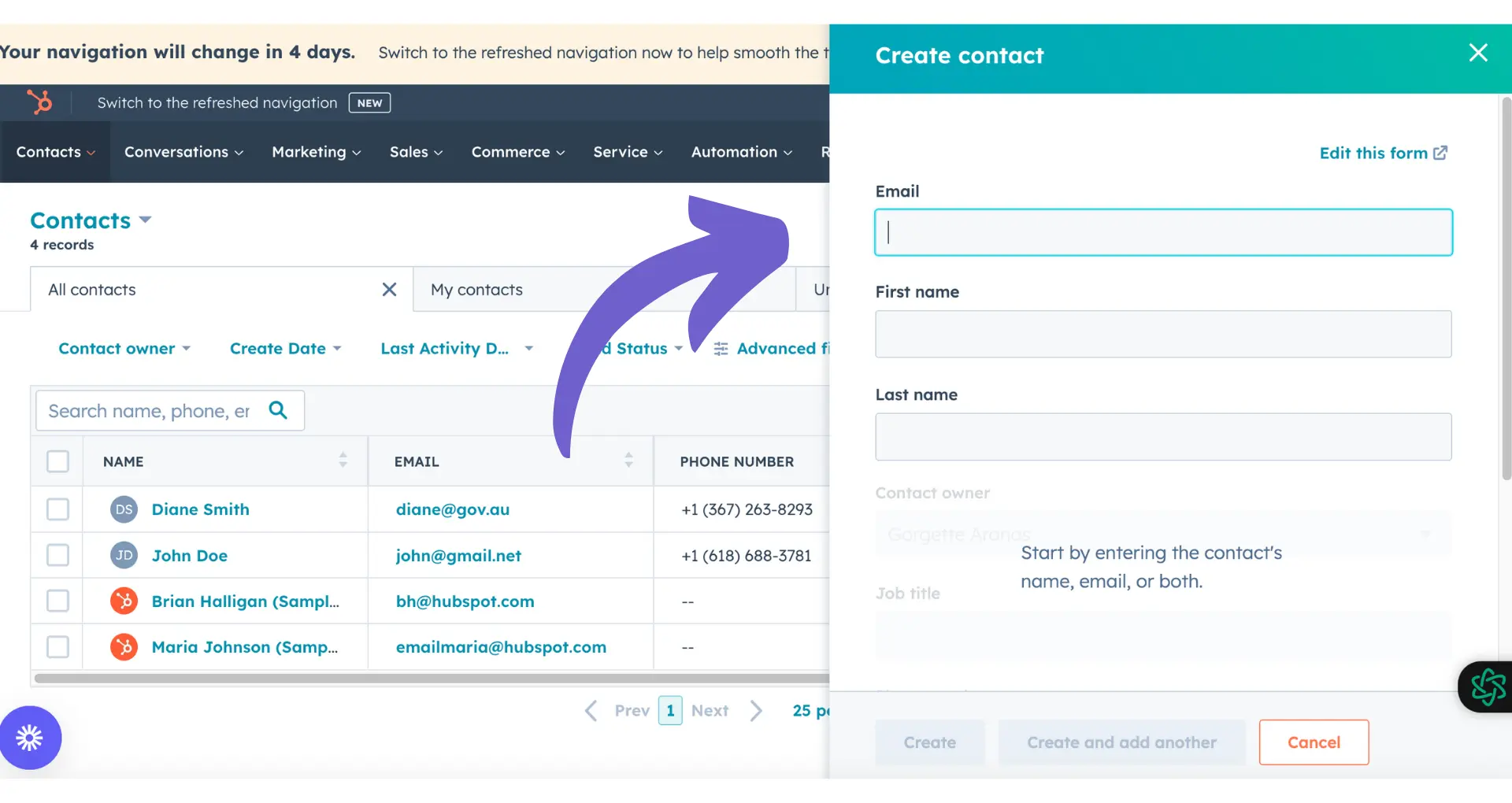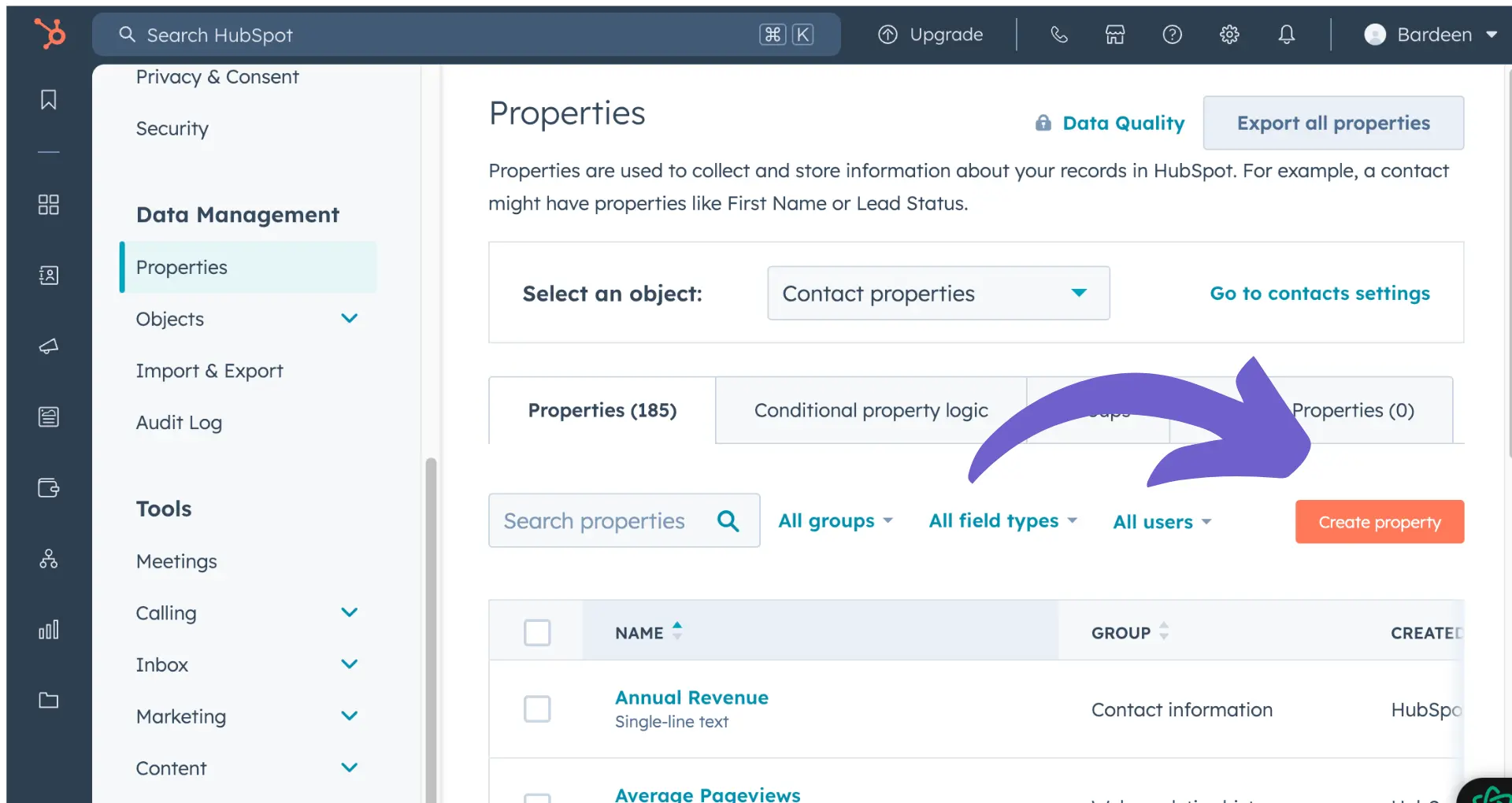Exporting company data from HubSpot is a crucial task for businesses looking to gain valuable insights and streamline their data management processes. In this step-by-step guide, we'll walk you through the various methods of exporting companies from HubSpot, including native tools and third-party automation solutions. By the end of this guide, you'll be able to effortlessly export your company data and leverage it for analysis, reporting, and synchronization with other business applications.
Understanding HubSpot's Company Export Functionality
HubSpot's company export feature allows you to extract valuable data about the companies in your database. This data can include company names, contact information, industry, size, and more. By exporting this data, you can gain insights into your target market, analyze trends, and make data-driven decisions to improve your business strategies. Using tools like sales prospecting tools can also help streamline this process.
HubSpot offers several ways to export company data, including:
- Manual exports through the HubSpot interface
- Automated exports using third-party tools
- API integrations for custom export solutions
When deciding which export method to use, consider factors such as the frequency of exports, the volume of data, and your technical expertise. Manual exports are suitable for occasional data retrieval, while automated exports and API integrations are better for regular, large-scale data management. For regular exports, consider using automated sales prospecting tools to save time and enhance productivity.
Native Exporting from HubSpot
HubSpot provides a simple, native way to export your company data directly from the platform. To export your company records, follow these steps:
- Navigate to your HubSpot account and go to the "Companies" section under the "CRM" menu.
- Open the view you want to export. You can choose an existing view or create a new one tailored to your export requirements.
- Click the "Export" button located in the top right corner of the table.
- In the export dialog box, select your preferred file format (CSV, XLSX, or XLS).
- Choose whether to include only the properties visible in the current view or all properties associated with the company records.
- If desired, select the "Include all domains" checkbox to export all domain names for companies with multiple domains.
- Click "Export" to initiate the export process. You will receive an email with a download link to your exported file.
Using HubSpot's native export functionality is ideal for occasional data retrieval and smaller datasets. However, it may not be the most efficient method for regular exports or large volumes of data, as it requires manual effort and has some technical limitations, such as a cap on the number of exports allowed within a 24-hour period. For more efficient data handling, consider using tools that build prospect lists automatically.
Save time and automate your data exports from HubSpot by using Bardeen's Excel integration. Turn your manual exports into an automatic flow.
Automating HubSpot Data Export with Third-Party Tools
While HubSpot's native export functionality is useful for occasional data retrieval, automating the process can significantly streamline your data management and integration workflows. Third-party tools like Coupler.io offer a no-code solution for automating HubSpot data exports, saving you time and minimizing the risk of human error.
Setting up automated data exports with Coupler.io is a straightforward process:
- Sign up for a Coupler.io account and create a new importer.
- Select HubSpot as your source and choose the desired destination (e.g., Google Sheets, Excel, or BigQuery).
- Connect your HubSpot account and select the data entity you want to export (e.g., deals, contacts, or products).
- Configure optional filters and parameters to refine your data export.
- Set up a schedule for automatic data refresh (e.g., daily, weekly, or hourly).
- Save and run your importer to start exporting HubSpot data automatically.
By automating your HubSpot data exports, you can ensure that your data is always up-to-date across your preferred platforms, enabling more efficient reporting, analysis, and integration with other business tools. This approach is particularly valuable for teams that rely on regular data exports for critical business processes and decision-making. You can also automate outreach and follow-ups to enhance your workflow.
Native Exporting from HubSpot
HubSpot provides a straightforward way to export your company data using its native tools. This method is ideal for occasional data retrieval and allows you to download your data in various formats such as CSV, XLS, or XLSX.
To export your company data from HubSpot, follow these steps:
- Navigate to your company database in HubSpot by clicking on "Contacts" and then "Companies" in the main menu.
- Click on "Actions" in the top right corner and select "Export."
- Choose the file format you prefer (CSV, XLS, or XLSX) and click "Export."
- Once the export is processed, you will receive a download link via email and in your HubSpot notification center.
While HubSpot's native export functionality is convenient, it does have some limitations:
- Exports are manual, requiring you to initiate the process each time you need updated data.
- Large datasets may take some time to process and export.
- Exported data is static and does not automatically sync with other tools or platforms.
Despite these limitations, HubSpot's native export tools are a reliable way to retrieve your company data when needed, making it a useful feature for occasional data backup or analysis. To streamline your workflow, consider using tools that automate data extraction.
To automate your data extraction and save time, use the LinkedIn data scraper from Bardeen. Quickly gather details from LinkedIn profiles and integrate them directly into your spreadsheets or CRM.
Exporting for Data Analysis and Reporting
Exporting your HubSpot company data opens up a world of possibilities for data analysis and reporting. By using exported data, you can gain valuable insights into your business performance and make data-driven decisions.
Here are some common scenarios where exported HubSpot data can be leveraged:
- Combining data from multiple sources: Export your HubSpot data and merge it with data from other tools like your CRM or sales intelligence platforms to get a comprehensive view of your customer journey.
- Creating custom reports and dashboards: Use exported data to build custom reports and dashboards in tools like Google Data Studio, Tableau, or Power BI, allowing you to visualize and analyze your data in new ways.
- Performing advanced data analysis: Export your data to conduct advanced analysis using tools like Excel, Python, or R, enabling you to uncover trends, patterns, and correlations that may not be apparent within HubSpot.
When working with exported data, you may need to transform and clean the data to ensure consistency and accuracy. This can involve tasks like:
- Removing duplicates and irrelevant data points
- Standardizing data formats (e.g., date formats, currency symbols)
- Merging and aggregating data from multiple exports or sources
Once your data is cleaned and transformed, you can create compelling visualizations to communicate insights effectively. Some common visualizations using exported HubSpot data include:
- Funnel charts to visualize the customer journey and identify drop-off points
- Cohort analysis to understand how different customer segments behave over time
- Heatmaps to identify trends and patterns in customer behavior
By leveraging exported HubSpot data for analysis and reporting, you can gain a deeper understanding of your business performance and make informed decisions to drive growth and success.
Scheduled Exports and Data Synchronization
Scheduling exports is crucial for maintaining up-to-date data across your business platforms. By setting up scheduled exports, you can ensure that your data is consistently synchronized and readily available for analysis and reporting.
Here's how to set up scheduled data exports in HubSpot:
- Navigate to the data export tool for the specific data type you want to export (e.g., contacts, companies, deals).
- Configure the export settings, including file format, field selection, and any necessary filters.
- Choose the export frequency (daily, weekly, or monthly) and the email address where the export file will be delivered.
- Save your export settings and let HubSpot handle the rest.
Once your scheduled export is set up, HubSpot will automatically generate and send the export file to the designated email address at the specified frequency. This eliminates the need for manual exports and ensures that you always have access to the most current data.
Synchronizing exported data with other business applications is another essential aspect of data management. To streamline this process, consider the following tips:
- Use integration tools or APIs to automate data synchronization between HubSpot and other platforms, such as your CRM or marketing automation tool.
- Establish a consistent data structure and naming conventions across all systems to ensure smooth data flow and minimize errors.
- Regularly monitor data synchronization processes to identify and resolve any issues or discrepancies promptly.
Try the LinkedIn Profile Data Playbook to boost your lead generation efforts and sync data quickly with other tools.
By leveraging scheduled exports and data synchronization, you can create a seamless data ecosystem that supports informed decision-making and drives business growth.
Best Practices for Exporting Large Volumes of Data
When exporting large datasets from HubSpot, it's essential to employ strategies that optimize performance and ensure a smooth export process. Here are some tips to help you efficiently export large volumes of data:
- Use filters to segment your data and export only the necessary information. This will reduce the size of your export files and speed up the process.
- If possible, break down your exports into smaller, more manageable chunks. For example, you can enrich data in batches based on date ranges or specific criteria.
- Choose the appropriate file format for your needs. CSV files are generally more compact and faster to generate compared to Excel formats like XLS or XLSX.
- Schedule your exports during off-peak hours to minimize the impact on system resources and avoid potential performance issues.
- Regularly clean up your HubSpot data by removing duplicates, inactive records, and unnecessary properties. This will help reduce the overall size of your exports and improve processing times.
When dealing with particularly large datasets, consider using HubSpot's API or third-party tools to automate the export process. These methods can handle large volumes of data more efficiently and provide additional features for data management and transformation.
By implementing these best practices and leveraging the right tools, you can streamline the export process for large volumes of data from HubSpot, ensuring that you have access to the information you need without compromising system performance.






